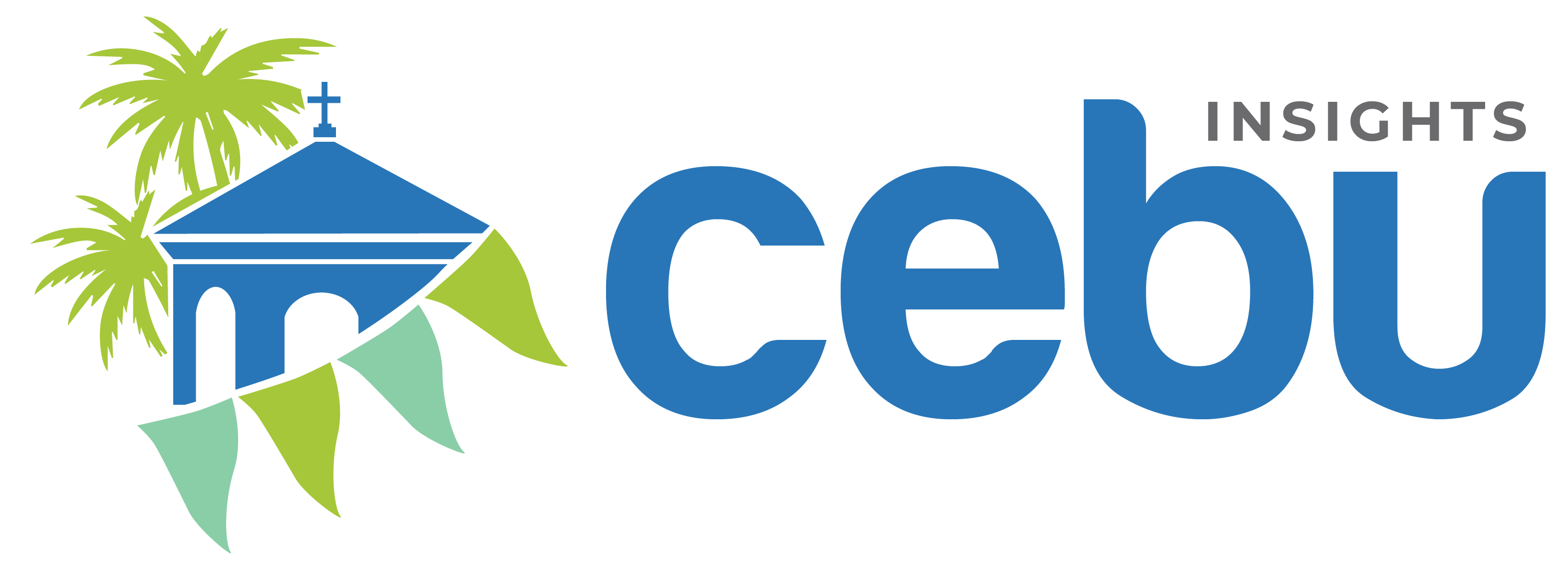The Jesuit House Museum carries years of history as one of the oldest ancestral houses in Cebu.
Claimed to have been built in 1730, the Jesuit House Museum is one of the oldest museums in Cebu. It’s a building that is rich in Philippine history.
Located in the former business district of Parian, this heritage house is frequented by many tourists and locals alike.
This signage on the walls supposedly shows the age of this heritage house.
Its owner, Chinese-Filipino businessman Jaime Sy, originally intended to make the building a warehouse. He changed his mind when he discovered its history.
Based on the seal imprinted at the building’s original entrance and some old photos in a book by Fr. William Repettu, he found out that the house used to be the Jesuits’ headquarters in the 1700s.
Some pieces of evidence like coins and ceramics found within the building point out that it dates back to the Ming Dynasty (1368 – 1644)
The museum carefully evoked this colonial period in Philippine history.
The Jesuit House may not look like a museum from the outside because of the heavy metal and welding equipment fronting the entrance.
But on the inside, you will find several artifacts and antiques sprawling across the halls and rooms of the building.
Like other famous ancestral houses in the Philippines, the museum is made out of coral stones and wood. Buildings made from these two materials were known to withstand earthquakes. It is believed that this is the primary reason why the structure has survived many natural disasters.
The museum is divided into two houses that are connected by a bridge. House A features bedrooms and precious memorabilia, while House B features a living room, dining room, and kitchen.
The tour of the museum begins with a diorama of what Cebu might have looked like in the 1700s.
This is what Old Cebu might have looked like.
The miniature exhibit shows that most of the infrastructures during the time had similar designs. The display also tells us that their main form of transportation was horse carriages or the Tartanillas.
One infrastructure that stands out in the diorama is the Iglesia del San Juan Bautista, which was believed to be the most magnificent church in the city. Unfortunately, it was demolished due to a conflict between the Chinese settlers and the Spanish friars.
All that is left of the church is a small chapel behind the Parian Monument.
Here are several precious artifacts and antiques you will see on display.
Another notable diorama is the San Diego, the first warship built in the Philippines by Cebuano and Chinese craftsmen.
Though a massive feat to be proud of, the ship sank after a fight at sea because it could not carry its own cannons.
Aside from the historical exhibits, you will find vintage furniture and items on display. Old wooden chairs, tables, bed frames, vintage TV, radio, film cameras, jukebox, and other analog technology.
You will find all these on the second floor of the building. It’s a whole section that showcases the evolution of the Cebuano lifestyle throughout the years.
The living area on the second floor houses many vintage items and analog technology.
On the same floor, you’ll find the “dirty kitchen” which displays old-fashioned kitchen equipment like wood stoves and clay pots.
The dining room and kitchen showcase in the Jesuit House Museum is a must-see section.
The museum is also filled with religious statues, paintings, and photos of Old Cebu.
Like many museums in Cebu, Jesuit House has a special collection of paintings and pictures.
Whether or not this heritage site is indeed the oldest house in Cebu is up for debate. Regardless, its interesting features have already stood the test of time.
Places like the Jesuit House Museum give a glimpse of what the past was like. Since we can’t go back in time, it’s one of the closest things we have to a time machine. It offers a fun and memorable history lesson about the lives of Cebuanos in the 16th century.
ENTRANCE FEE:
- ₱100 (inclusive of the tour)
The tour includes a museum guide who will lead you through the exhibits and give you a brief background of the artifacts on display. You may ask them any questions you have regarding the history of the museum.
The ₱100 entrance fee already includes a tour of the heritage house.
HOW TO GET TO JESUIT HOUSE MUSEUM:
Exact Location:
Zulueta Street, Cebu City (near the Pari-an monument)
Operating Hours:
8:00 AM – 5:00 PM
JEEPNEY
The Jesuit House is located near the Pari-an monument. You can take a jeep going to Colon Street to get there. Get off at the Colon Market and walk to the museum. Your landmark should be the 7-Eleven convenience store. The museum is found on the street right next to it.









